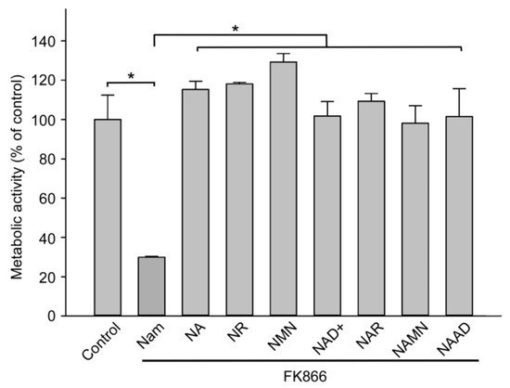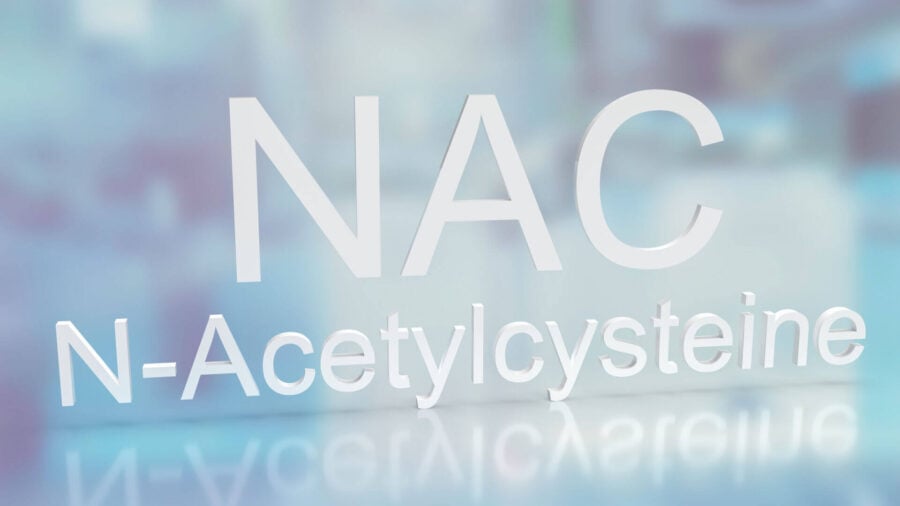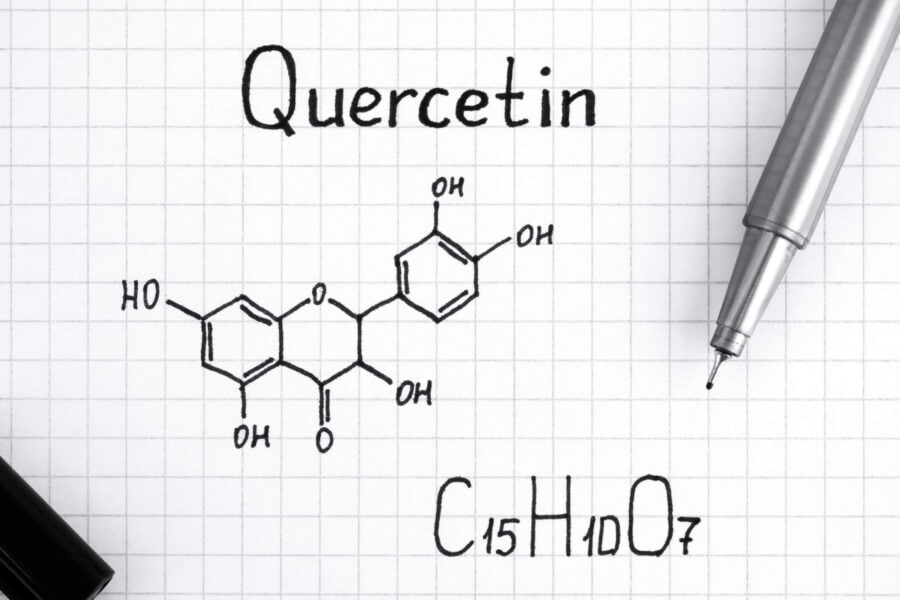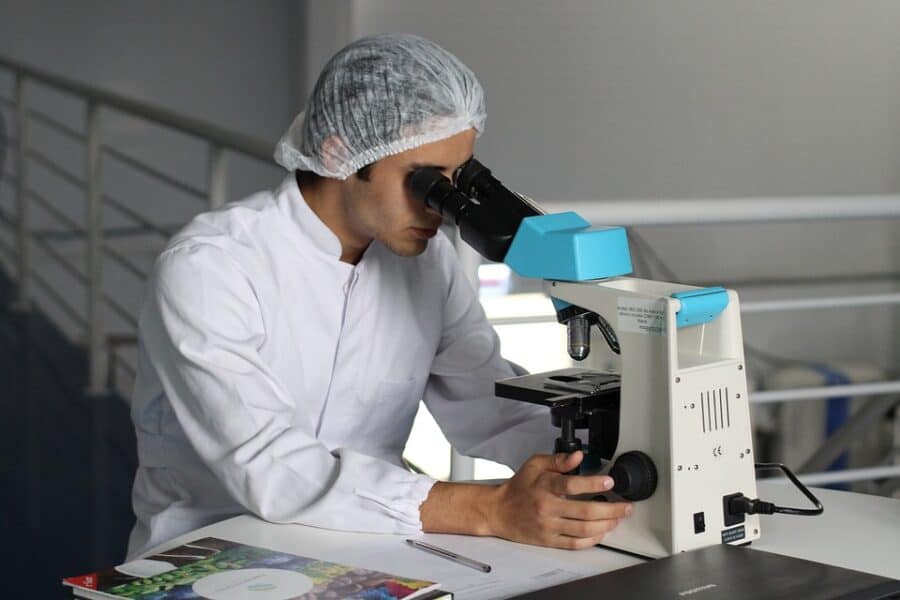NMN More Effective At Restoring NAD+ Than Other Supplements
A recent study has looked at what happens to NMN, NR and other metabolites of NAD+ when taken, and the effect it has on intercellular NAD+ levels.
Whilst all metabolites were effective at restoring NAD+ levels inside the cells, NMN was the most effective of all 9 molecules tested.

NMN is not impeded at crossing the cell membrane, and is more effective at restoring intracellular NAD+ levels
Proponents of NR often point to studies that show NMN and NAD+ must be partially degraded to NR to cross the membrane of some cells, and claim this makes NR a better choice for supplementation.
The faster speed and effectiveness of NMN supplements has always made this position suspect. This research shows crossing the cellular membrane is not an impediment.
This research looked at kidney cells where NMN and NAD+ must be degraded to NR before crossing the cellular membrane.
Interestingly, the conversion does not seem to impact the ability to enter the cells. They found that enzymes on the outside of the cells themselves (ecto-enzymes) perform this conversion and are ubiquitous.
For example, the ecto-enzyme CD73 can cleave NAD+ to NMN and AMP, and also dephosphorylate the NMN to NR and adenosine. Researchers introduced various NAD+ metabolites to the serum outside of cells.
As shown in the chart above, adding NAD+ or it’s metabolites to the serum OUTSIDE the cells were all effective at restoring the NAD+ levels and metabolic activity INSIDE the cells.
In fact, NMN was by far the most effective at restoring metabolic activity INSIDE the cells.
This was in cells that NMN was supposedly disadvantaged by needing conversion to NR before crossing the cell membrane.
Conclusion
NMN is quickly and efficiently utilised in all cells and tissues throughout the body.
Crossing the cellular membrane does not impede NMN.
NMN is more effective than other metabolites at restoring NAD+ levels inside of cells.



